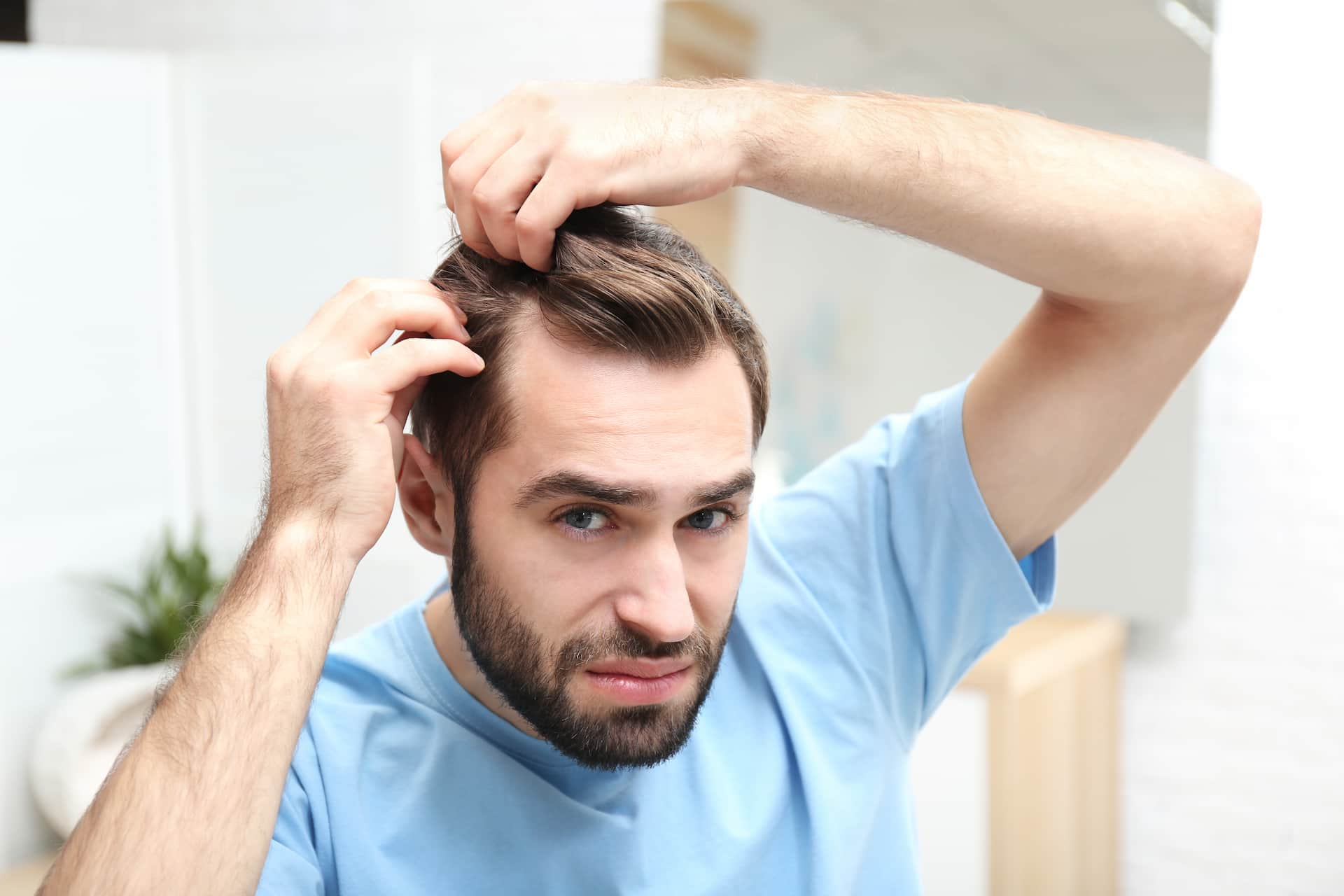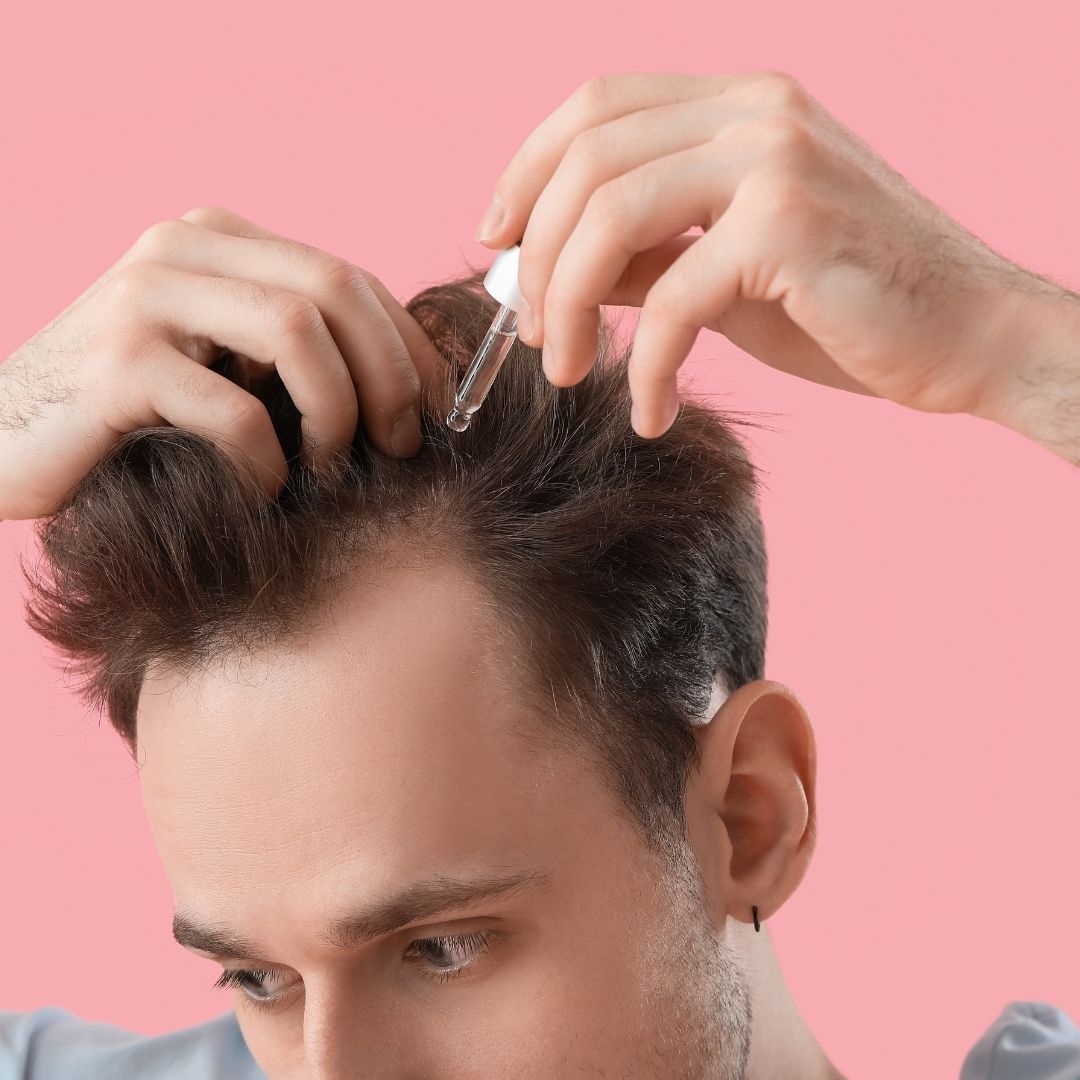
Beard Transplant Recovery
As hair transplant technology advances, more and more men are looking into options for improving their beard growth. A beard transplant is an extremely effective procedure that allows men who have difficulty growing a beard to fill in patchy sites or create a permanent facial hair pattern using transplanted hairs. This procedure is perfect for men who struggle to grow beards, for covering up scars or burns, or as part of a gender affirmation journey.
If you are interested in getting a beard transplant, then you may be wondering what to expect at each stage of the procedure, especially the recovery period. It is normal to be a little bit nervous about any surgical procedure, even with a low-risk surgery like beard transplantation.
The good news about beard transplants is that the recovery period is generally very quick and involves very little discomfort. Most men who choose to undergo beard restoration are back to their normal activities in a matter of days. Here’s everything you require to know about recovering from a beard transplant and getting back to normal life.
What Is A Beard Implant And How Does It Work?
A beard transplant in Turkey is exactly what it sounds like: Hair is removed from one region of the body and transferred to the jawline and other sites where you want your beard to develop. Although it seems to be a straightforward procedure, it is really very complicated. Often speaking, a specialist might adopt one of two approaches:
Extraction of follicular units (FUE). This technique involves collecting entire follicular units from the donor region one at a time, in a sequential fashion. FUE is less unpleasant than other surgical procedures, which might explain why it is the most frequently done method today.
Follicular unit transplantation is a surgical procedure in which a single follicular unit is transplanted into a recipient (FUT). A specialist uses this method to remove hair follicles from the back of the head by cutting a tiny strip of tissue from the back of the head.
When a large number of hair follicles come out of the skin from the same exit point, they are known as follicular units. It is common for both operations to involve harvesting and implanting hair follicle grafts (which might range from 2,000 to 5,000) from the back of the head, which is typically level with your ears or a little lower, on the face. A graft is a hair follicle that has been surgical procedure implanted.

Who Is A Suitable Candidate For Beard Transplant?
Patients generally come for beard transplants with no facial hair at all and expect a really thick and full beard. Although specialists can definitely give every patient a natural-looking beard, the thickness will depend on the beginning point and the quality of the donor area. A patient who has no facial hair to start with can expect to achieve a ‘stubble’ like beard, this is due to the large number of grafts required to cover the full face.
As a rule, the best candidates are patients with patchy beards who need areas ‘filling in’ to give a fuller appearance. Also, patients that require a smaller area of coverage can get great results as more grafts can be planted in a smaller area, meaning a thicker and denser consequence.
It is also important to add that if you are thinking about a future hair transplant, each patient has a limited supply of the donor’s hair. Therefore, if the hair follicles are removed for a beard transplant, they will not grow back, and you will have less hair available for a hair transplant in the future.
Where Is the Best Destination for a Beard Transplant?
Turkey is the best country to get a body hair transplant procedure. There are hundreds of clinics providing beard transplants of great quality. Turkish specialists are well-prepared to perform various types of best beard transplants in Turkey, so patients are always well cared-for and might expect the best effects. The beard transplant cost in Turkey is one of the lowest in the world, so people looking for the most affordable procedure should consider Turkey as a medical travel destination.
Apart from the low beard transplant cost, Turkey is a great place for the summer holidays. It is welcoming climate, beautiful landscapes, luxury, comfortable hotels, historical heritage, and one-of-a-kind atmosphere makes Turkey a place chosen by millions of international tourists every year. The cities that are definitely worth visiting are Antalya, Istanbul, and Izmir. Turkey welcomes more than a million medical tourists every year. Thousands and thousands of these international patients come specifically for a beard transplant. In addition to these reasons, beard transplantation in Turkey has a very high success rate of 98%.
Healing Process After Beard Transplant
The healing process after a beard transplant, which lasts approximately 3-6 hours, takes longer than the recovery process after a hair transplant since the treated area is a sensitive area such as the face, which causes the patient to prolong the stay of physical contact.
The time might give you a hard time. The most important expression at the point of recovery after beard transplantation is that the first week after the surgery will shape the whole process and can be easily circumvented with only a few simple measures. While resting is suggested for the first 3 days after the beard transplant, other points to be considered can be listed as follows;
It is suggested not to use alcohol and cigarettes in the first 3 days after the beard transplant operation, as with cigarette and alcohol use after hair transplantation. This will help speed up the healing process.
In order to prevent the deformation of hair roots, activities that cause sweating, specifically sexual intercourse and sports, should be avoided. The case here is the same as the scope of sweating after hair transplantation; hair follicles in the most healthy way to hold and grow.
In order to avoid any contact with the hair follicles, should be avoided from turtlenecks and clothes likely to come into contact with the planting site such as wefts.
In order to accelerate the recovery process after the beard transplant operation, a small nutrition program can be applied and in this program, protein group foods that are prominent in terms of tissue repair and especially vitamins A, E, C, D, B7, and B12 can be consumed.
For the health of the bristles, which are quite delicate for a while after planting, and try to hold onto their roots, attention should be paid to the way they sleep. It is recommended by the experts to lay it on its back and to make contact with the cushion as much as possible.
As can be seen, it is clearly seen that the factors that have an impact on the healing process of beard planting are almost overlapping when paired with the things to be considered after hair transplant operations. The last part that should be underlined at this point; the post-operative recovery process is carried out in coordination with the specialist. And the specialist is informed of the whole process.
Can I Wear a Mask After a Beard Transplant?
From the fourth day after the beard transplant procedure, a mask can be worn, but this mask should not adhere to the face completely, should not sweat, and should not damage the applied grafts. If you encounter a situation that requires you to use it 1-2 days after the procedure, it is suggested that you wear a visor instead of a mask.
How Should You Sleep After a Beard Transplant?
After the beard transplant, you should sleep on your back. You should avoid sleeping on your face. The newly planted hair follicles should not come into contact with your pillows, otherwise, the hair follicles that are not fully seated might break off again. If this happens, not only is the procedure wasted, but permanent scarring might occur. Recovery from a beard transplant after 1 month occurs slowly; however, you should avoid rapid movements or jolts that might damage the hair follicles while sleeping after a beard transplant.
How Long Does Redness Last After a Beard Transplant?
In most patients, slight pinkness or redness might occur on the donor wound and transplanted facial area. Although this redness is generally mild, it is more evident in white-skinned patients. These rashes will disappear completely after 1 week of beard transplant.
Shaving After Beard Transplant Surgery
Roughly ten days after the beard transplant procedure, patients can shave once again without worrying about harming the donor hair follicles. Be sure to be gentle while doing so, as your face might feel a bit sensitive or tender.
Eventual Beard Regrowth
Around four months after your beard transplant, the transplanted follicles will begin to grow again. The growth will appear natural and provide you with a thick, full, and nicely styled beard.
The Study of Beard Transplant Recovery
A recent study published in the Journal of Cosmetic Surgery examined the outcomes and recovery process of beard transplants in a sample of patients in Turkey. The study found that the healing process and recovery duration after a beard transplant are indeed slightly longer compared to traditional hair transplants due to the facial area’s sensitivity. However, it emphasized that by following specific post-operative care instructions, such as avoiding activities that induce sweating and being mindful of sleeping positions, patients can optimize their recovery and ensure the successful regrowth of transplanted hair follicles. This empirical study provides valuable insights for individuals considering beard transplants in Turkey, offering them a clear understanding of what to expect during the recovery period.
Contact Healthy Türkiye
If you are interested in beard transplant surgery and would like to find out how it can benefit you, we encourage you to contact our team at Healthy Türkiye to speak with our experienced hair loss specialists today. The team at Healthy Türkiye is here to discuss all of your treatment options to enhance your appearance and sense of self.


